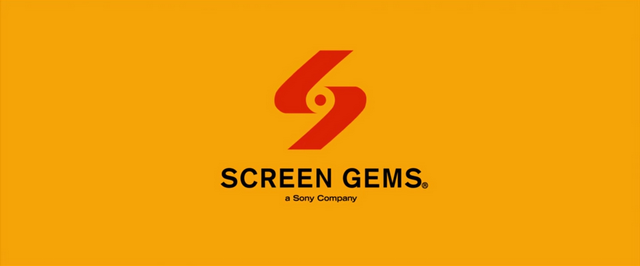
.jpg)
Most of the Color Rhapsodies featuring the logo had fallen victim to plastering with the reissue titles. Most of the films with the logo were destroyed, because of KFS' practices with destroying the master Barney Google film prints. Music/Sounds: The intro/outro of the cartoon's music, or a custom fanfare.Īvailability: any of the Krazy Kat and Scrappy shorts were reissued by Samba Pictures, Inc. For Krazy Kat, traditional animation is used.

Starting in 1934/1935, the text "Recorded by RCA Victor "HIGH FIDELITY" Sound System" is shown below the logo.On The Restless Sax, " THE END" appears in a bolded sans-serif font is shown over the logo.Starting in 1933/1934, the text is bolder. On B&W cartoons from 1931-1939, at the bottom of the outlined shape is the text " a Charles Mintz production".At the end of early Krazy Kat cartoons, the text "A KRAZY KAT COMIC" or "A WINKLER KRAZY KAT COMIC" is shown below the print logo.On 1929-1930 Krazy Kat cartoons, the logo can be barely seen on the second card of the opening credits.
BLUE SCREEN GEMS LOGO TV
Usually it was used as a closing logo, with the print logo framed by a TV screen-like outline, the cartoon series' name at the top, which is overlapped by " The End" in a fancy script font, and below it was " A CHARLES MINTZ PRODUCTION". Logo: It's Columbia Pictures' then-current print logo used onscreen.
BLUE SCREEN GEMS LOGO SERIES
Note: Krazy Kat was the first cartoon series ever to be produced at the Mintz-Winkler studio. The "Screen Gems" name was inspired by an early Columbia Pictures slogan, "Gems of the Screen", itself based on an American patriotic song entitled "Columbia, the Gem of the Ocean".Ĭolumbia later revived the "Screen Gems" name for its television arm, and then as Sony's genre film division. Columbia would later supplant its animation outings with United Productions of America in 1948 and Hanna-Barbera in 1957, whose only theatrical cartoon was Loopy De Loop before exiting theatrical animation for good in the late 1960s.
BLUE SCREEN GEMS LOGO FULL
Under new management, the Screen Gems became a full time animation studio in 1940 until 1946 when Columbia closed its animation unit. However, when Mintz became indebted to Columbia in 1939, he ended up selling his studio to them.

Columbia Pictures Corporation released their cartoons starting in 1929 and then later acquired a stake in the company in 1933 and launched " Screen Gems". In 1931, the company was relocated to Los Angeles and Winkler Pictures became The Charles Mintz Studio. Besides Krazy Kat, which Winkler was producing for R-C Pictures, then Paramount Pictures beginning in 1925, the company also produced Oswald the Lucky Rabbit cartoons for Universal Pictures from 1927 until 1929 and Toby the Pup cartoons for RKO Radio Pictures. Mintz joined the company in 1926 and became Winkler Pictures after Mintz became married to Winkler in 1924. Winkler would then take control of Out of the Inkwell and Felix the Cat until 1923, when they partnered with Walt Disney to produce Alice Comedies and Oswald the Lucky Rabbit until 1928. Winkler Pictures to produce animated film shorts, using various vanity cards, which include "Color Rhapsody", "Phantasy", and "Fable" among others. Winkler opened their animation studio in 1921 as M.J.


 0 kommentar(er)
0 kommentar(er)
